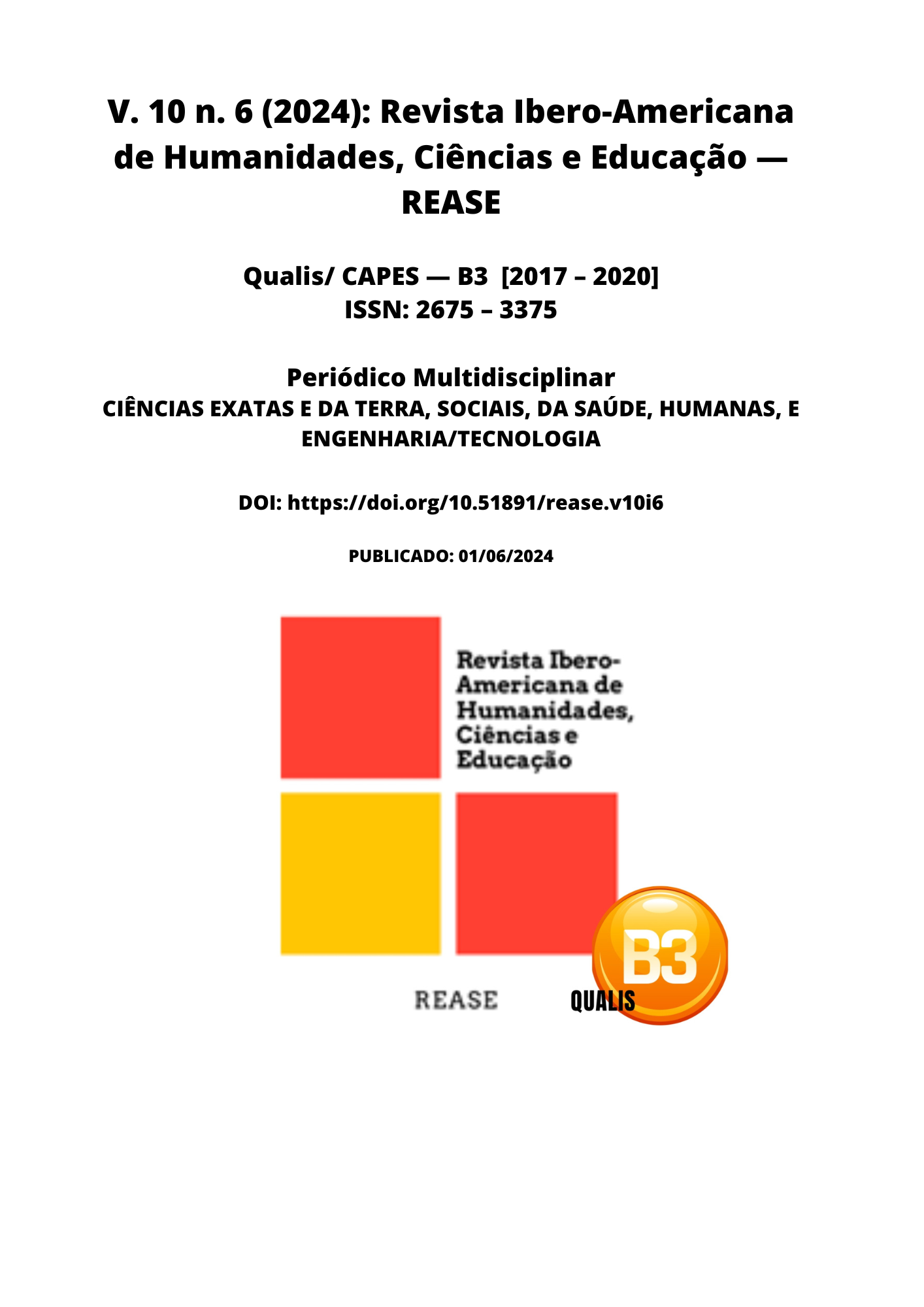LARYNGOSPASM IN PEDIATRIC ANESTHESIA: PREVENTION AND MANAGEMENT
DOI:
https://doi.org/10.51891/rease.v10i6.14348Keywords:
Laryngospasm. Pediatric Anesthesia. Pediatrics.Abstract
Laryngospasm is an acute and potentially lethal complication that can occur during anesthesia, especially in pediatric patients. It is characterized by the involuntary and sustained contraction of the vocal cords, resulting in partial or total obstruction of the airways. This phenomenon can lead to rapid hypoxemia, bradycardia and, in severe cases, cardiac arrest. The incidence of laryngospasm is higher in children due to their narrower airways and greater respiratory system reactivity. This narrative literature review brought together articles published in the last ten years in the PUBMED and SciELO databases, aiming to indicate the management and prevention of laryngospasm. It was concluded that laryngospasm is an anesthetic emergency that requires immediate recognition and intervention to avoid serious consequences. Prevention is key, with meticulous preoperative assessment, gentle anesthesia techniques, and careful airway management. Effective management of laryngospasm involves rapid and appropriate interventions to restore airway patency and ensure adequate oxygenation of the child.
Downloads
Downloads
Published
How to Cite
Issue
Section
Categories
License
Atribuição CC BY

